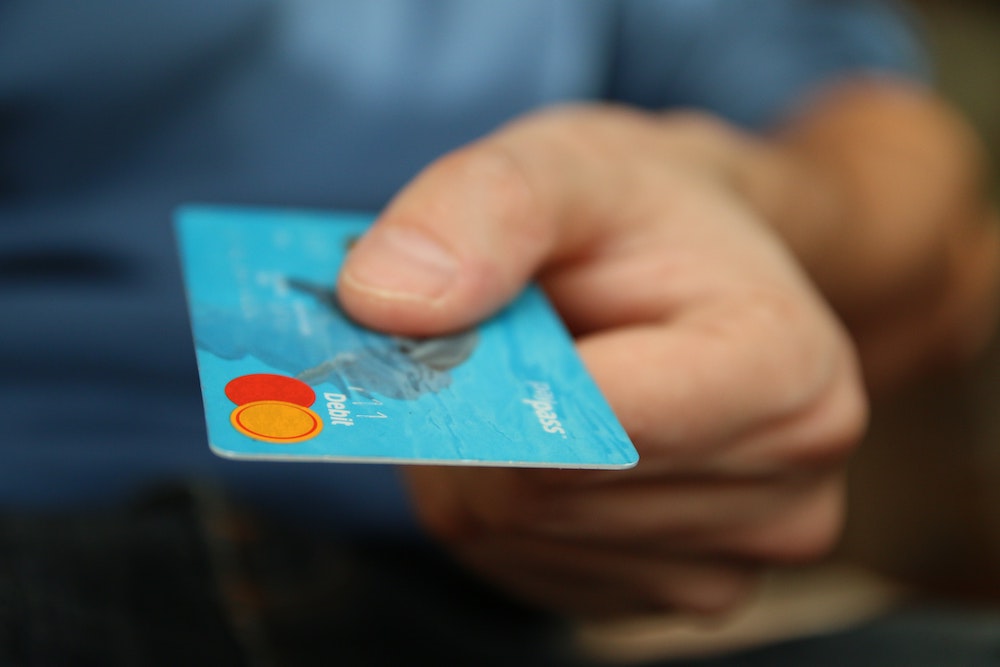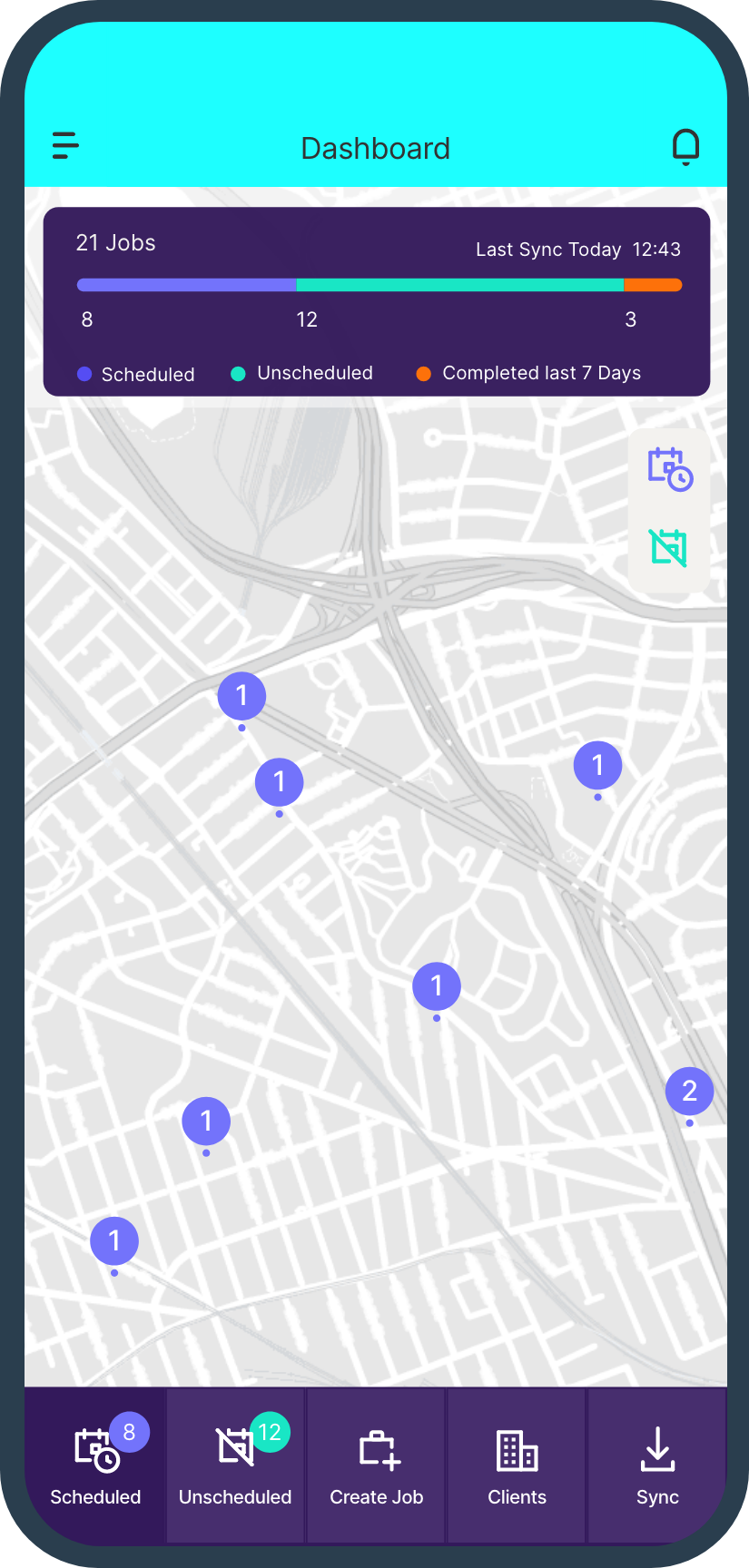Increasing your prices can be a delicate operation. While it’s essential to ensure your business remains profitable and competitive, you also want to avoid alienating your loyal customers. The good news is that raising prices doesn’t have to mean sacrificing customer satisfaction. With a strategic approach and effective communication, you can successfully increase your prices while maintaining customer trust and loyalty. In this guide, we’ll explore the steps to do just that.

1. Understand the Market and Your Costs
Before you consider any price increase, it’s crucial to have a deep understanding of your market and your cost structure. Research your industry and competitors to identify pricing trends. Additionally, perform a thorough analysis of your own costs. Are there rising expenses that necessitate a price adjustment? Knowing the economic factors at play will help you justify the increase when discussing it with your customers.
2. Focus on Value, Not Just Price
One effective strategy is to emphasize the value you offer rather than fixating on price alone. Highlight what sets your product or service apart from the competition. This could include superior quality, better customer service, or unique features. By demonstrating the added value your customers receive, they may be more accepting of a price increase.
3. Gradual Incremental Increases
Consider implementing gradual, incremental price increases over time rather than a sudden, significant hike. Smaller, periodic increases are less likely to trigger customer resistance. It allows your customers to adjust to the changes gradually and minimizes the shock of a sudden price jump.
4. Introduce New Pricing Tiers or Options
Introducing new pricing tiers or options can be an effective way to increase prices without alienating existing customers. This approach allows customers to choose the level of service or product that aligns with their budget. Existing customers can stay with their current pricing while new customers opt for the updated rates.
5. Bundle Products or Services
Consider bundling products or services together at a higher price point. This approach provides added value by combining offerings that customers might have purchased separately. Customers often find bundled deals more attractive, and they may be more willing to accept the increase in the context of this added value.
6. Leverage Customer Feedback
Engage with your customers to understand their perceptions about your pricing. Use surveys, feedback forms, or direct conversations to gather their opinions. This not only shows your commitment to their satisfaction but also provides insights into how they might react to a price increase. By involving them in the decision-making process, you can build trust and demonstrate that you value their input.
7. Communicate Transparently
Open and honest communication is paramount when raising prices. Clearly explain the reasons behind the increase, such as rising operational costs, improved product features, or investments in customer service. Customers are more likely to accept the change if they understand the rationale behind it.
8. Offer Discounts for Early Commitment
To ease the transition, offer existing customers the opportunity to lock in their current pricing for an extended period if they commit to a longer-term contract. This strategy rewards loyalty and encourages customers to stay with your business, even with the impending price increase.
9. Grandfather Existing Customers
Consider “grandfathering” your existing customers, meaning they maintain their current pricing while new customers face the adjusted rates. This approach preserves your relationships with long-term customers and allows them to feel valued.
10. Highlight the Benefits of the Increase
Showcase the benefits that come with the price increase. Explain how the additional revenue will enable you to improve your product or service further. This could include enhanced features, better customer support, or faster response times. Customers are more likely to accept the increase if they can see the direct benefits they’ll receive.
11. Provide Advance Notice
Give your customers ample notice before implementing the price increase. This allows them to plan for the change and minimizes any feelings of surprise or frustration. A clear timeline for the increase demonstrates respect for your customers’ needs.
12. Monitor Customer Feedback and Adapt
After implementing the price increase, continue to monitor customer feedback and reactions. Stay open to adjustments and further communication if necessary. This ongoing engagement ensures that you remain responsive to your customers’ concerns and maintains their trust.
13. Reinforce Customer Service and Support
Invest in your customer service and support efforts. With improved customer service, your customers may be more inclined to accept a price increase. Excellent customer service can often offset concerns about pricing by providing a top-notch experience.
14. Emphasize Loyalty Programs
Loyalty programs and incentives can help soften the impact of a price increase. Rewarding long-term customers with exclusive discounts or special offers demonstrates your commitment to their loyalty and can ease the transition to higher prices.
15. Be Prepared to Lose Some Customers
Despite your best efforts, some customers may decide to part ways due to a price increase. Be prepared for this possibility and view it as a natural part of business evolution. Focus on attracting new customers who are willing to pay the updated rates, as well as providing excellent service to retain those who remain.
In conclusion, increasing your prices doesn’t have to be a fraught process. By approaching it strategically and transparently, you can maintain customer trust and loyalty while ensuring the sustainability of your business. Remember, customers often understand that price adjustments are necessary for a business to thrive, especially when they can see the value and improvements these changes bring.

